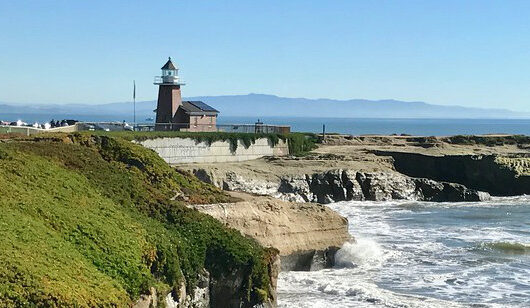r-Process Radioisotopes from Near-Earth Supernovae and Kilonovae
r-Process Radioisotopes from Near-Earth Supernovae and Kilonovae
View
Abstract
The astrophysical sites where r-process elements are synthesized remain mysterious: it is clear that neutron-star mergers (kilonovae, KNe) contribute, and some classes of core-collapse supernovae (SNe) are also likely sources of at least the lighter r-process species. The discovery of the live isotope Fe60 on the Earth and Moon implies that one or more astrophysical explosions occurred near the Earth within the last few Myr, probably a SN. Intriguingly, several groups have reported evidence for deposits of Pu244, some overlapping with the Fe60 pulse. However, the putative Pu244 flux appears to extend to at least 12 Myr ago, pointing to a different origin. Motivated by this observation, we propose that ejecta from a KN enriched the giant molecular cloud that gave rise to the Local Bubble in which the Sun resides. Accelerator Mass Spectrometry (AMS) measurements of Pu244 and searches for other live isotopes could probe the origins of the r-process and the history of the solar neighborhood, including triggers for mass extinctions, e.g., at the end of the Devonian epoch, motivating the calculations of the abundances of live r-process radioisotopes produced in SNe and KNe that we present here. Given the presence of Pu244, other r-process species such as Zr93, Pd107, I129, Cs135, Hf182, U236, Np237 and Cm247 should be present. Their abundances could distinguish between SN and KN scenarios, and we discuss prospects for their detection in deep-ocean deposits and the lunar regolith. We show that AMS I129 measurements in Fe-Mn crusts already constrain a possible nearby KN scenario.



